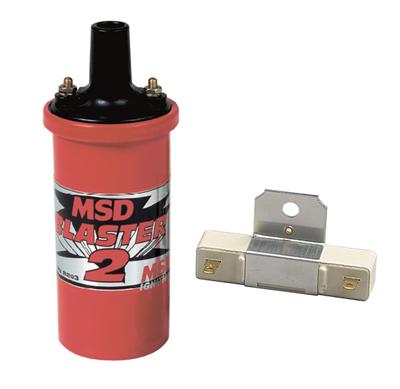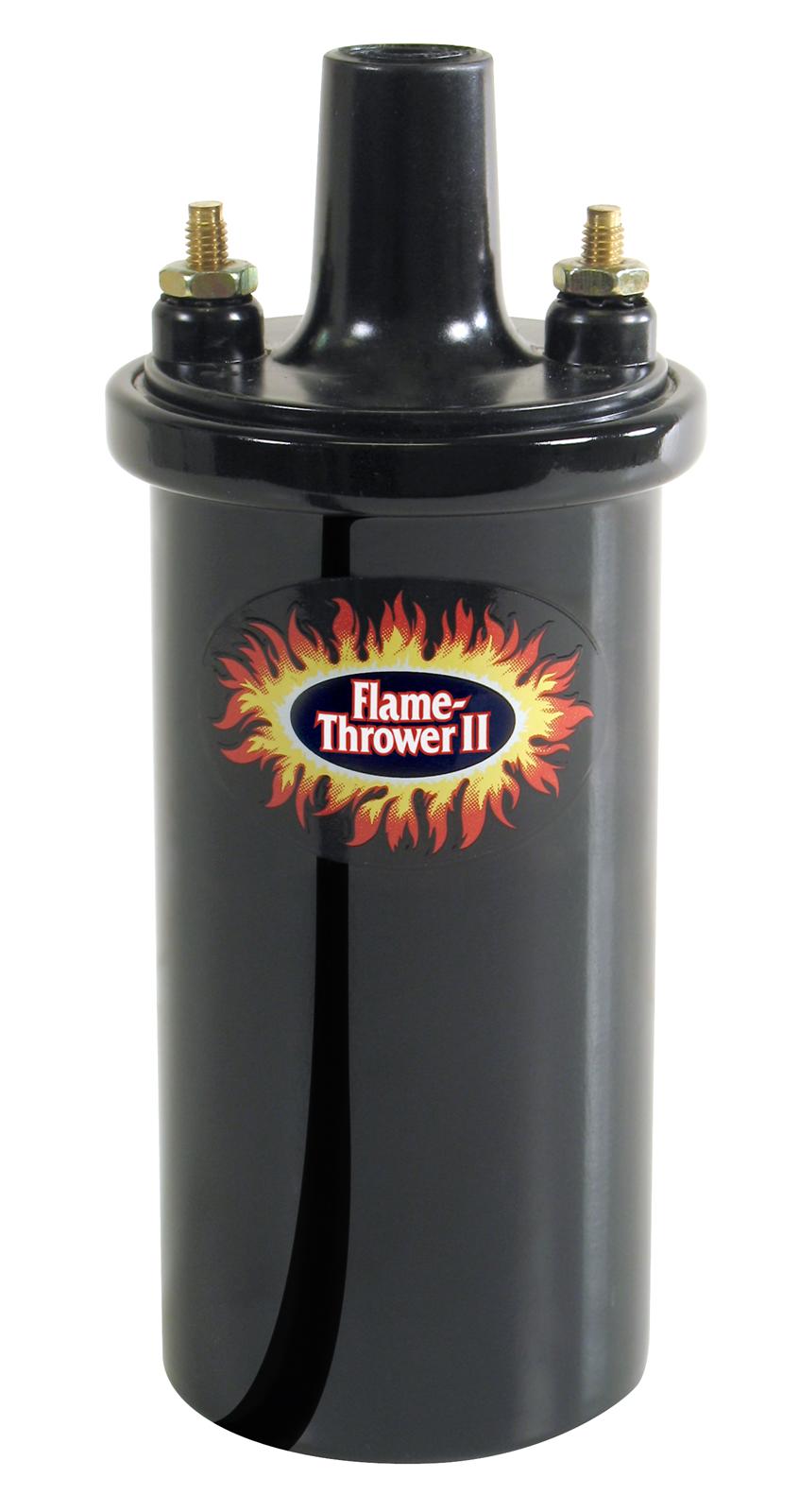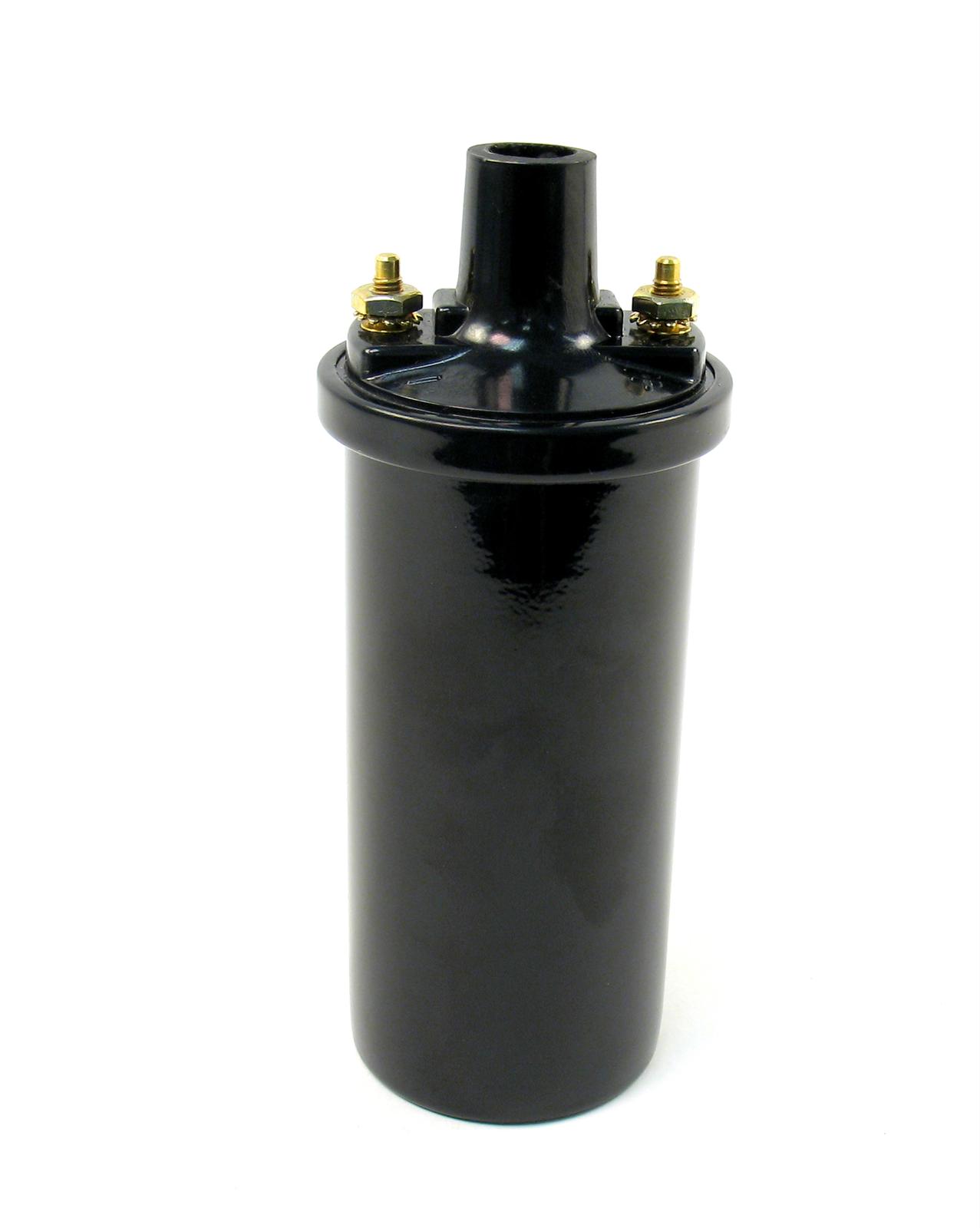HotSpark
Nothing new to report here either good or bad. I don't run my spare engine much, the one with the HotSpark ignition.
About the rest of the chatter about coil heat, it may help to understand why some ignitions have (need) more resistance than others. Things to look for in your research:
Originally posted by HalcyonS
View Post
About the rest of the chatter about coil heat, it may help to understand why some ignitions have (need) more resistance than others. Things to look for in your research:
- Coil heat is directly proportional to amperage x time and inversely proportional to resistance regardless of whether it's internal or external.
- The need for higher resistance systems is related to # of cylinders and engine RPM as it applies to coil saturation, the soldering iron effect.
- Unrelated to the discussion but still a factor, coil potting material affects heat.
- At a fixed voltage resistance doesn't create heat, current does. The more resistance, the less heat (see the first bullet point).
 ). We know how we measure for ohms across the terminals. So the question again, how does the coil develop it's internal resistance?
). We know how we measure for ohms across the terminals. So the question again, how does the coil develop it's internal resistance?





Comment